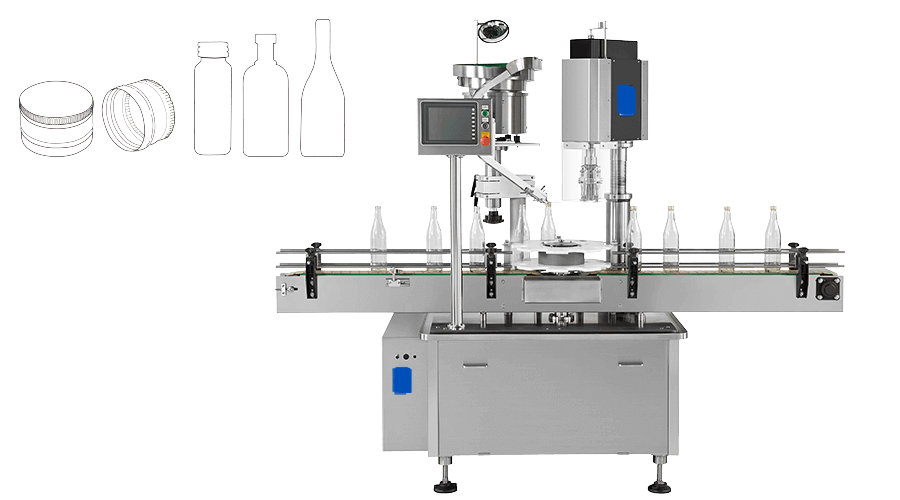A cap sealing machine is a type of industrial equipment used to securely seal caps onto containers. Cap sealing machines come in various types, including induction sealers, capping machines, and vacuum sealers, each designed to suit different sealing needs and container types.
- Identify the Problem: Conduct a visual inspection for signs of damage, misalignment, or wear.
- Check Machine Settings: Verify that sealing pressure, temperature, and time settings are correctly set according to the manufacturer’s specifications.
- Inspect Components: Examine sealing heads and liners for wear or damage, and replace if needed.
- Test the Machine: Run a small test batch to observe the machine's performance and monitor the sealing process for any irregularities.
- Address Common Issues: For inconsistent sealing, adjust pressure, temperature, and time settings, and ensure proper cap alignment.
- Perform Routine Maintenance: Regularly lubricate moving parts, clean the machine, especially the sealing area, and replace worn or damaged parts to maintain efficiency and prevent breakdowns.
- Consult the Manual: Refer to the manufacturer’s manual for specific troubleshooting guidelines, error code meanings, and recommended solutions for various issues.
- Seek Expert Help: Contact the manufacturer’s technical support for assistance if problems persist. Consider hiring a professional technician for complex issues.
- Document Issues and Solutions: Keep detailed records of encountered issues, steps taken to resolve them, and the outcomes.





Comments